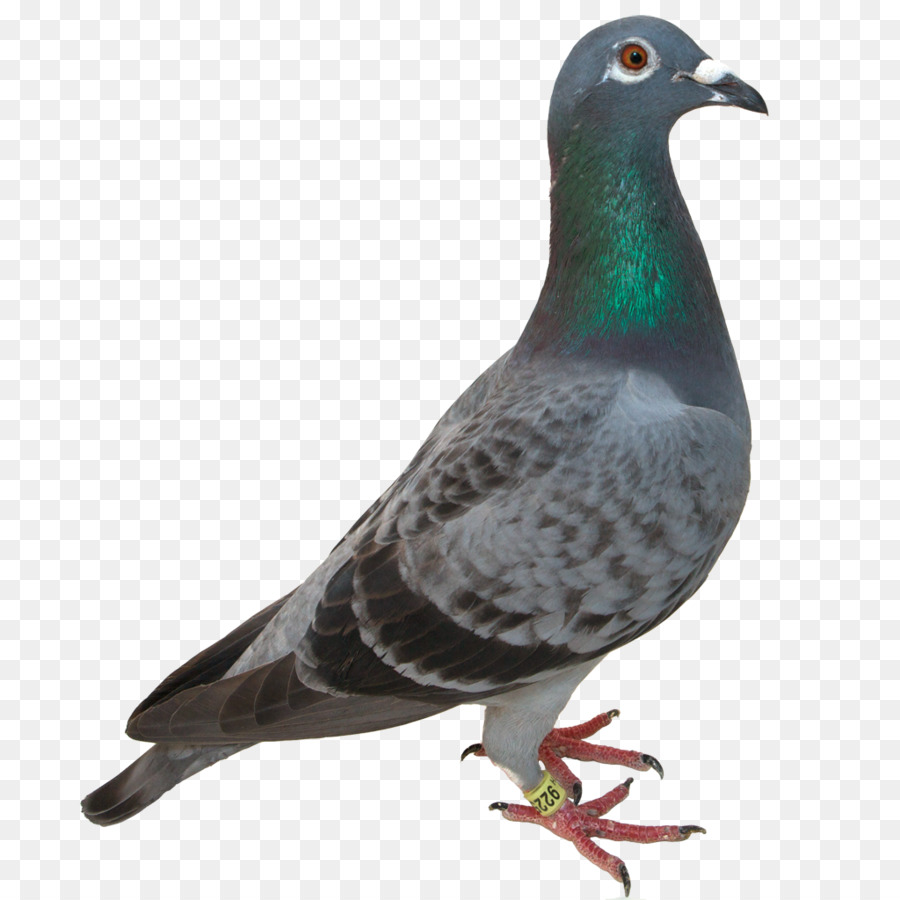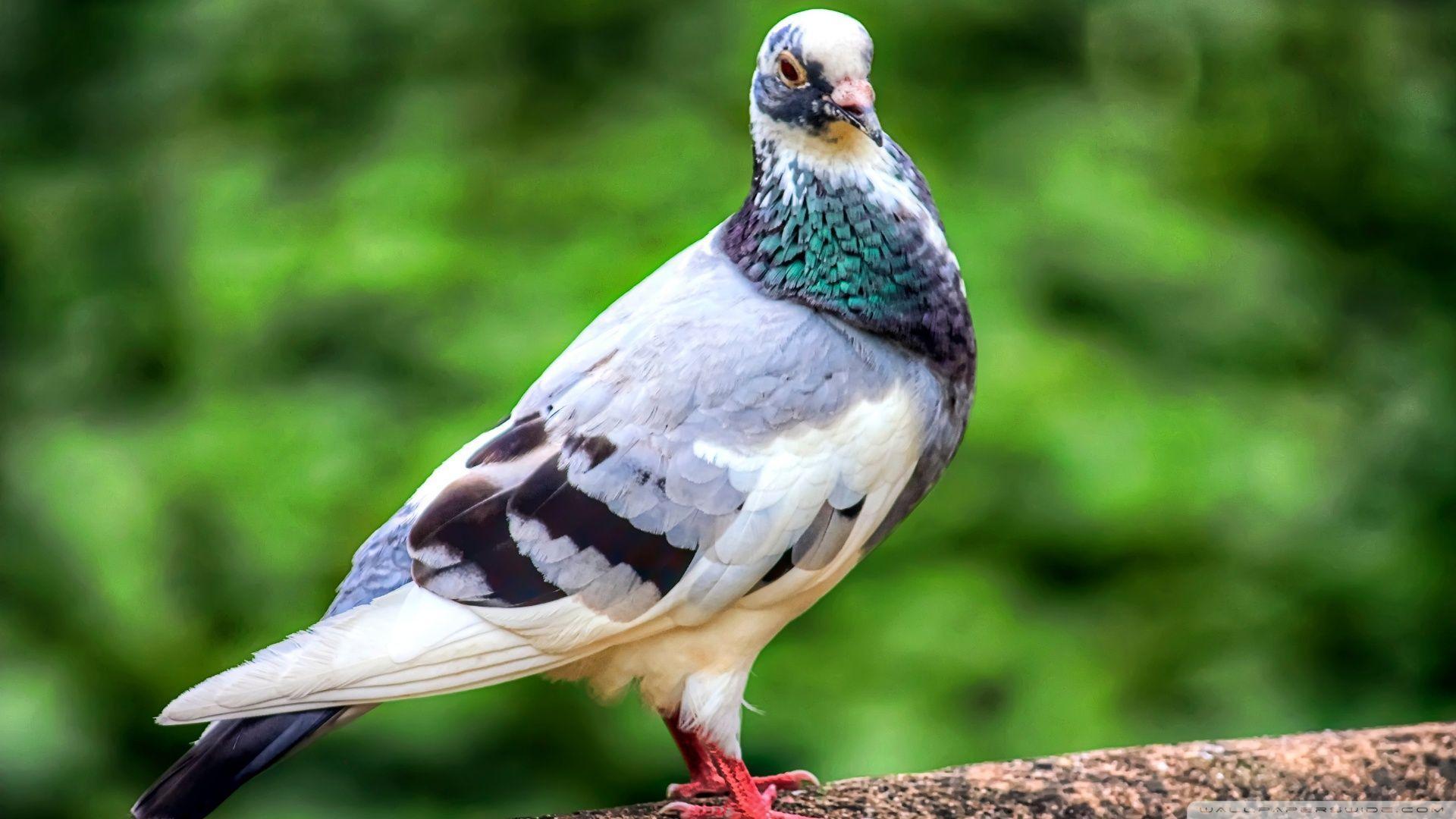- Homer Pigeon For Sale
- Racing Homer Pigeon Images Download Full
- White Homer Pigeons For Sale
- Racing Homer Pigeon For Sale

Jan 26, 2020 - Explore Eugene Mc Master's board 'Racing Homer Pigeons', followed by 241 people on Pinterest. See more ideas about racing pigeons, homing pigeons, pigeon.
- Find the perfect racing pigeon stock photo. Huge collection, amazing choice, 100+ million high quality, affordable RF and RM images. No need to register, buy now!
- Racing pigeon comes home and lands with his wings spread wide.and a white clear sky as a White feather homing pigeon bird flying agasint clear blue sky White Pigeon sitting on the stone wall in park.
Training a homing pigeon was very important in the past. Because the homing pigeons were used to carry messages from one place to another.
Actually, pigeons were domesticated over 5000 years ago. And the homing pigeons are excellent, they have an innate ability to find their way home.
Training a homing pigeon is also important today, especially if you participate any pigeon racing competition.
Today, most of the people raise pigeons for entertainment purpose, some raise as pets and some people also raise them commercially for business purpose.
Training a Homing Pigeon
Today, pigeon racing is a great way of entertainment, and it’s also a great way for making some extra cash.
You need to train your pigeons well for competing in the pigeon racing. You also need to train the pigeons, so that they come home daily and safely.
Here we are describing more about the process of training a homing pigeon.
Minimum Age for Training a Homing Pigeon
You should start training a homing pigeon when it is at least 6 weeks old. You can help your pigeons figure out the trapdoor in the loft, when they are 6 weeks of age.
The trapdoor is designed to allow your pigeons to get into the loft anytime they want, but you’ll be able to set the trapdoor to only let them out when you want.
It will be good and helpful for training a homing pigeon if you put together a training schedule (so that you have something specific to follow daily).
Training a homing pigeon actually requires dedication and lots of time. It will be good if you have a schedule ready, so that you know about what you have to be ready for each day.
And this will actually help you keep the training process consistent. The training schedule should include training a homing pigeon at least once a day.
Homer Pigeon For Sale
Ensure Adequate Facilities
You must have to ensure adequate facilities for your pigeons. Ensure the birds have incentive to return to their loft.
Some common things which make your pigeons want to come back home are comfortable housing/loft, obviously good food and being treated like royalty.
It will be good for your pigeons if you can provide them with the highest quality food and safe loft you can afford.
Begin Training
Start training a homing pigeon to come back home after being released. You should not anyhow do this before your pigeons reach 6-8 weeks of age.
You can start training your pigeons to come back home by taking them around 1 mile away from home and releasing them.
You need to do this several times a week (better if you can do this daily). You can use a basket or cage for carrying the birds to the release location.
Expand Distance Each Week
Racing Homer Pigeon Images Download Full
You need to expand the releasing distance gradually. Expanding the distance by less or more than 5 miles per week will be good (it’s good if you keep the distance less than or around 5 miles).
Taking the birds in different directions each time and releasing them will also be good.
But remember, don’t expand the distance too fast and too far. You need to stop increasing the distance if your birds have any trouble, and continue training them at the last distance where they were successful.
Actually training a homing pigeon will take time and dedication. So be patient!
Bird Loss
Be careful of bird loss. Loosing birds is obviously unfortunate, but it is not uncommon.
You need to reduce the training distance and frequency for a while, if you experience bird loss.
Although some pigeons might simply get tired on their return journey and need time to rest.
Generally they will come back home, but it may take them one day to few days to return (if they have stopped for a break).
White Homer Pigeons For Sale
Second Home
Creating a second home for your pigeons is a good idea. You can train your birds to fly between two loft locations, in addition to training them to return to your home loft.
For example, the second home can either be your cottage or your friend’s/relative’s home. Feed your birds with high quality foods at both lofts.
Doing this will give them incentive to want to return to each loft. Generally they will fly to the other loft to look for food, especially if they are at one loft and are hungry.

These are the common ways of training a homing pigeon. If you are raising homing pigeons, you need to follow this guide for training them. Good luck!
Racing Homer Pigeon For Sale
2. Mutations > 2.2 The Color Series
|